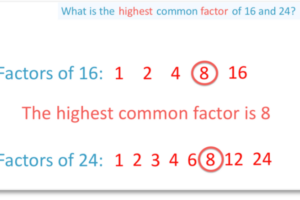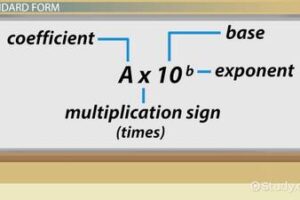A Level Revision
How to Revise for A-Level Maths: A Comprehensive Guide
A-Level Revision for Maths can feel overwhelming, especially with complex topics like calculus, trigonometry, and mechanics. However, with a structured approach, you can master the subject and perform well in your exams. This guide provides a step-by-step strategy to make your A-Level Revision for Maths efficient and effective.
Whether you’re struggling with pure maths, statistics, or mechanics, these techniques will help you build confidence and improve your problem-solving skills. Let’s break down the best methods for A-Level Revision for Maths to ensure you’re fully prepared.
1. Understand the Syllabus and Exam Format
Before starting your A-Level Revision for Maths, you need a clear understanding of what the exams will cover. Different exam boards (Edexcel, AQA, OCR) have slight variations in their syllabuses, so always check your specification.
Key Actions:
-
Review the syllabus in detail – Identify all pure, statistics, and mechanics topics.
-
Analyse past papers – Notice recurring question types (e.g., proof questions in pure maths, data interpretation in stats).
-
Focus on weak areas first – If you struggle with integration or binomial distribution, allocate extra time to these.
Knowing the exam structure helps tailor your A-Level Revision for Maths to the most important content.
2. Create a Realistic Revision Timetable
One of the biggest mistakes students make is leaving revision until the last minute. A well-planned timetable ensures consistent progress in your A-Level Revision for Maths.
How to Structure Your Timetable:
-
Divide topics into weekly goals – For example, Week 1: Algebra and Functions, Week 2: Trigonometry.
-
Mix different maths branches – Alternate between pure, stats, and mechanics to keep revision varied.
-
Schedule past paper practice – Dedicate at least one full session per week to timed exam questions.
-
Include breaks – Avoid burnout by taking short breaks every 45-60 minutes.
A structured approach to A-Level Revision for Maths prevents cramming and improves long-term retention.
3. Master the Fundamentals Before Tackling Hard Problems
Jumping straight into difficult exam questions can be discouraging. Instead, build a strong foundation in your A-Level Revision for Maths by reinforcing core concepts first.
Effective Techniques:
-
Relearn key principles – Use textbooks, YouTube tutorials (e.g., TLMaths, ExamSolutions), or class notes.
-
Start with basic exercises – Ensure you can solve standard textbook problems before moving to past papers.
-
Create formula sheets – Keep a list of essential equations (e.g., differentiation rules, probability formulas) for quick review.
Once fundamentals are solid, gradually increase difficulty—this is a crucial step in A-Level Revision for Maths.
4. Practise Past Papers Under Timed Conditions
Past papers are the most effective tool in A-Level Revision for Maths. They help you familiarise yourself with exam-style questions and improve time management.
How to Use Past Papers Effectively:
-
Begin with topic-specific questions – Focus on one area (e.g., parametric equations) before full papers.
-
Simulate real exam conditions – Time yourself strictly (e.g., 2 hours for a full paper).
-
Review mistakes thoroughly – Identify common errors (e.g., arithmetic slips, misapplied formulae).
-
Study mark schemes – Understand how answers are structured to maximise marks.
Aim to complete at least 10-15 full papers before your exams—this is a cornerstone of successful A-Level Revision for Maths.
5. Seek Help and Collaborate with Peers
Struggling alone can slow your progress. Engaging with teachers, classmates, or online resources can enhance your A-Level Revision for Maths.
Ways to Get Support:
-
Ask teachers for clarification – If a topic is unclear, request extra help.
-
Join or form a study group – Discussing problems with peers reinforces understanding.
-
Use online forums – Websites like The Student Room or Physics & Maths Tutor offer solutions and explanations.
-
Consider a tutor if needed – A tutor can provide personalised guidance for tricky topics.
Collaboration is a powerful tool in A-Level Revision for Maths, helping you overcome challenges more efficiently.







